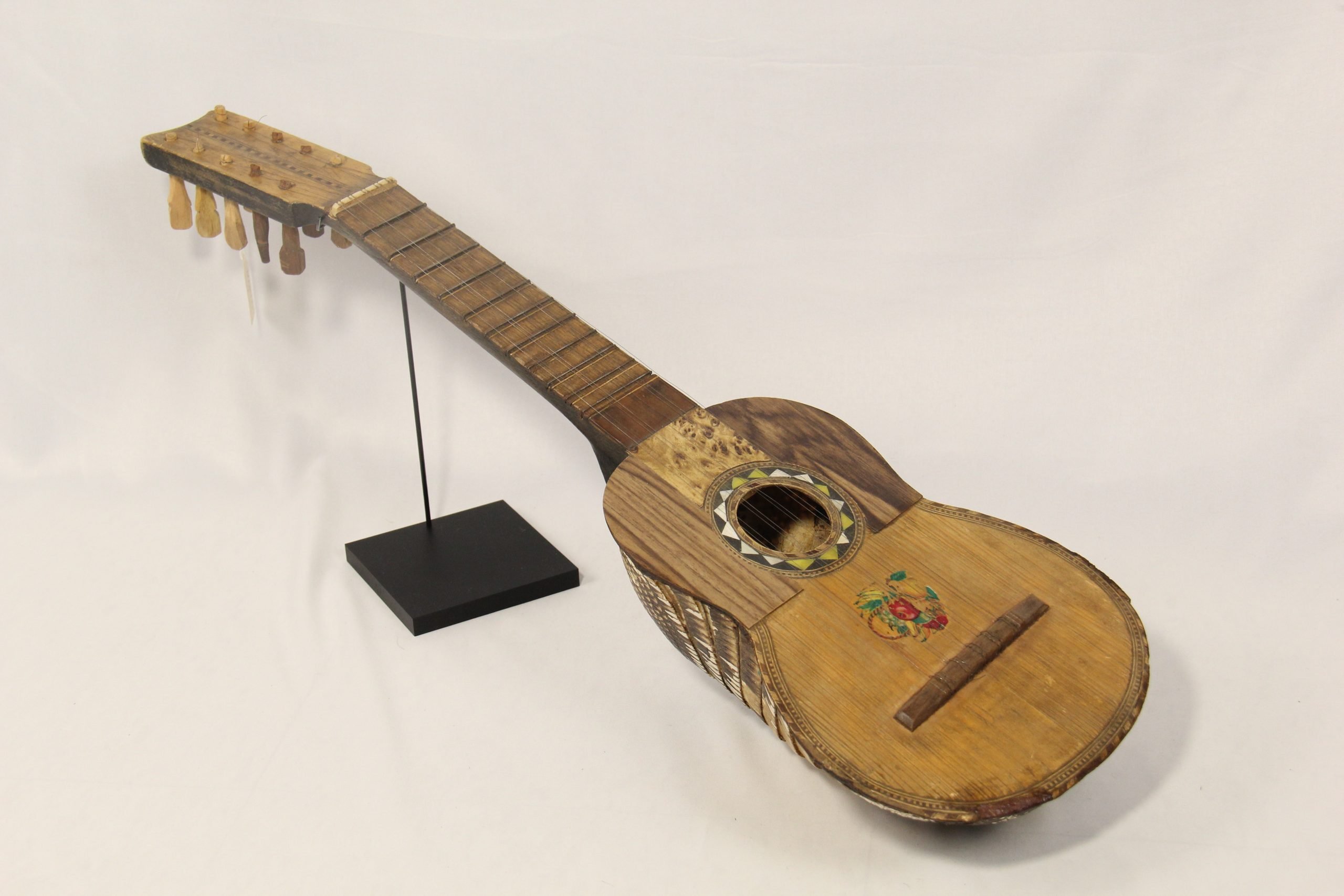A charango is a fascinating string instrument with roots in the Andean regions of South America. Crafted from the shell of an armadillo, the charango emits a unique sound that captures the essence of traditional music from the Andes. What sets the charango apart is its small size and distinctive tone, making it a cherished musical treasure for musicians and enthusiasts alike. Join us as we delve deeper into the history, construction, and enchanting melodies of the captivating charango!
What is a Charango?
Introduction to the Charango
Have you ever heard of a charango? It’s a unique and fascinating musical instrument that originates from the Andean region in South America. In this blog post, we will explore all about the charango – what it is, its history, how it’s played, and why it’s such a beloved instrument.
The Origin and History of the Charango
The charango has a rich history that dates back to the colonial times in South America. It is believed that the charango evolved from indigenous string instruments that were brought over by the Spanish conquistadors. Over time, the charango became a popular instrument among the Andean people, especially in countries like Bolivia, Peru, and Ecuador.
Evolution of the Charango
Originally, the charango was crafted using the shell of an armadillo, giving it a distinctive and unique look. However, as the popularity of the instrument grew, artisans began making charangos using wood and other materials, resulting in a more sustainable and ethical approach to instrument-making.
Symbolism of the Charango
The charango holds a special place in the Andean culture and is often associated with traditional folk music and dances. It is considered a symbol of identity and heritage for many indigenous communities in the Andean region, making it an integral part of their cultural expression.
Physical Characteristics of the Charango
The charango is a small, stringed instrument with a rounded body and a short neck. It typically has five sets of paired strings, giving it a bright and vibrant sound. The body of the charango is often intricately decorated with colorful designs and patterns, reflecting the cultural aesthetics of the Andean region.
Materials Used in Making a Charango
Traditionally, charangos were made using the shell of an armadillo, but nowadays, they are crafted using woods such as cedar, pine, or mahogany. The strings of the charango are usually made of nylon or gut, producing a warm and resonant tone when played.
Varieties of Charangos
There are different types of charangos, varying in size and tuning. The most common type is the Soprano Charango, which is small in size and has a high-pitched sound. Other varieties include the Alto Charango, which has a deeper tone, and the Baritone Charango, which produces a rich and mellow sound.
Playing the Charango
Playing the charango is a delightful and engaging experience. The instrument is typically plucked or strummed using the fingers, producing a bright and lively sound that is perfect for playing traditional Andean music.
Techniques of Playing the Charango
There are various techniques used in playing the charango, including strumming, picking, and fingerstyle playing. Each technique produces a unique sound, allowing musicians to express themselves creatively and artistically through the instrument.
Popular Charango Music
The charango is commonly used in traditional Andean music genres such as Huayno, Cueca, and Carnavalito. Its bright and cheerful sound adds a layer of authenticity and charm to these folkloric melodies, making it a beloved instrument in the Andean music scene.
In conclusion, the charango is a remarkable instrument that embodies the spirit and culture of the Andean region. Its history, unique design, and vibrant sound make it a beloved musical treasure that continues to captivate audiences around the world. Whether you’re a music enthusiast or just curious about different cultures, the charango is definitely worth exploring and appreciating for its beauty and charm.
What Is A Charango? – Art Across Cultures
Frequently Asked Questions
What is a charango?
A charango is a small stringed instrument originating from the Andean regions of South America. It typically has five pairs of strings and a distinctive body made from an armadillo shell or wood.
How is a charango played?
To play a charango, the musician plucks or strums the strings using their fingers. It can be played solo or as part of a group, often in traditional Andean music ensembles.
What is the history of the charango?
The charango has Andean origins, believed to have been created during the Spanish colonization of South America. It has since become an integral part of the folk music in countries like Bolivia, Peru, and Ecuador.
What are the different types of charangos available?
There are various types of charangos, including the traditional smaller sizes for higher pitches and larger sizes for lower tones. Some modern charangos also incorporate features like electric pickups for amplification.
Final Thoughts
The charango is a traditional Andean stringed instrument that originated in South America. It has a small body and a unique sound, often described as bright and cheerful. Used in folk music, the charango adds a lively element to performances. With its distinctive appearance and lively sound, the charango is a versatile and culturally significant instrument in the Andean region.

